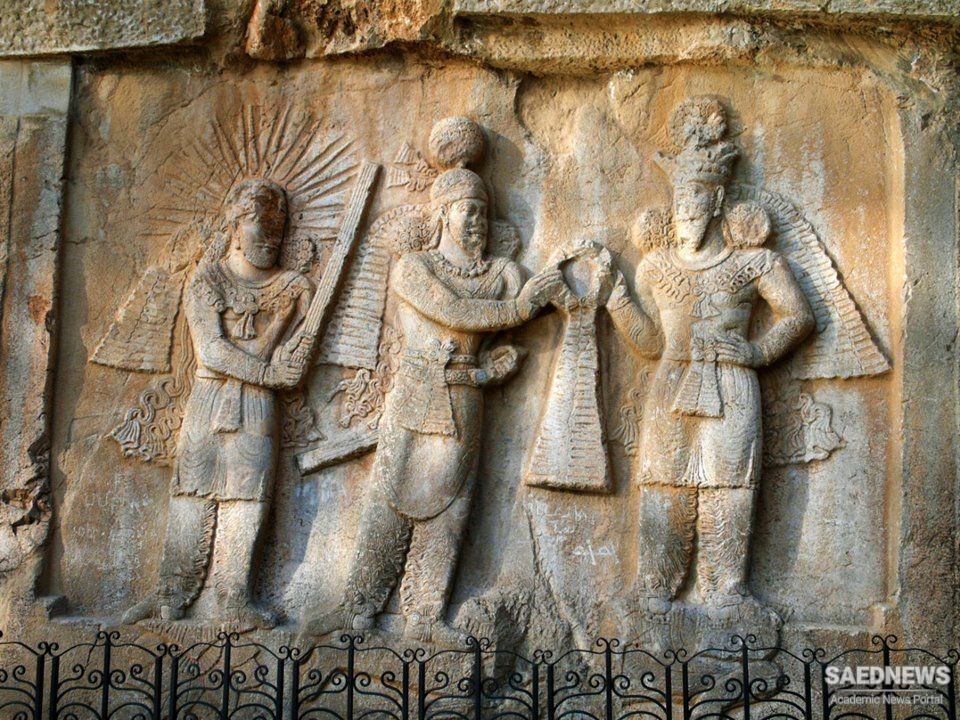As the power of the Arab rulers had waned considerably,the political situation allowed the Persian language to return to the surface, though we have to wait until the Mongol period for Persian to achieve a truly official status and supersede Arabic in Iran. During this period the inability of the Saffarid governor, Ya'qub, to understand Arabic prompted the people at the court of Sistan to use Persian. There is a revealing episode during which Ya'qub had an Arabic poem addressed to him translated into Persian. His successor, Amr b. al-Layth, took into his offices Persians, many of whom appear to be Zoroastrian, or at least bear non-Muslim names. Such is the case of Shapur b. Azadmard, whom Amr made his assistant and responsible for his treasury and administration in 889.175 The Saffarids encouraged the Persian language and we are told that the poet Rudaki, who praised the Saffarid ruler Ahmad (923-963) as ‘that foremost one amongst the nobles and the pride of Iran (...) just king and sun of the age (...) from the glowing orb of the stock of Sasan,’ received a present of 10,000 dinars. The resurgence of the Persian language in Arabic script does not seem to have affected the Zoroastrians at this period. They were preoccupied with the rapid decline of their population especially after the defeat of the Zoroastrian uprisings in the 9th century. They continued to write in the old Pahlavi script. Not all the manuscripts bearing dates from the 9th and 10th centuries were truly produced at this period. Many of them were simply recopied. However, a series of didactic and religious literary works was written by the Zoroastrians after the Arab invasion. One of the most best-known Zoroastrian authors of this period is Aturfarnbag i Farrukhzatan. He composed his works, Dinkard and Ewen Namag, during the reign of al-Ma'mun (813-833), when Iran was in a state of social turbulence and the fate of Zoroastrianism was at stake. Aturfarnbag was concerned with preserving the Zoroastrian religion and cultural heritage, because the number of priests were diminishing apace and the religious sources were becoming scarce. A descendant of his, Manuschihr-i Goshn-Yam wrote the Dadistan-i Denig around 850. In this book he compiled a series of answers to religious questions concerning laws which were no longer properly observed. Manuschihr was the head of the Zoroastrian community of Fars and Kirman, which appear to have been. His nephew took over his seat early in the 10th century and left behind a tractate known as the Rivayat of Emet -i Ashavahishtan. His writings are concerned with the contacts between Zoroastrians and non-Zoroastrians, which was one of the principal dilemmas of the community. The topic is recurrent in the majority of Zoroastrian texts such as the Dinkard.


 Cultural Hegemony of Persian Language
Cultural Hegemony of Persian Language














































